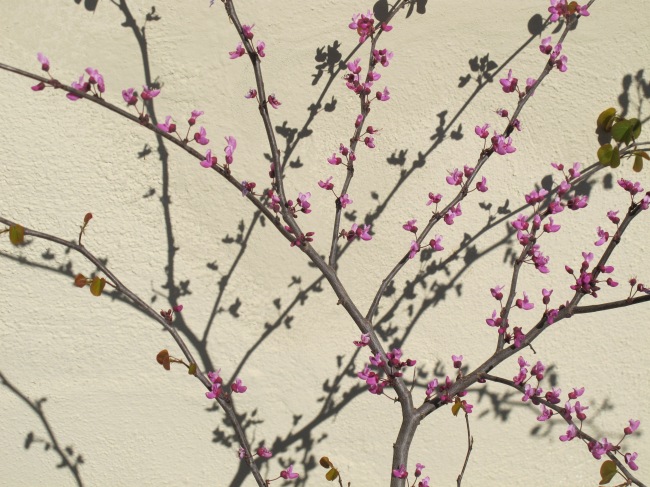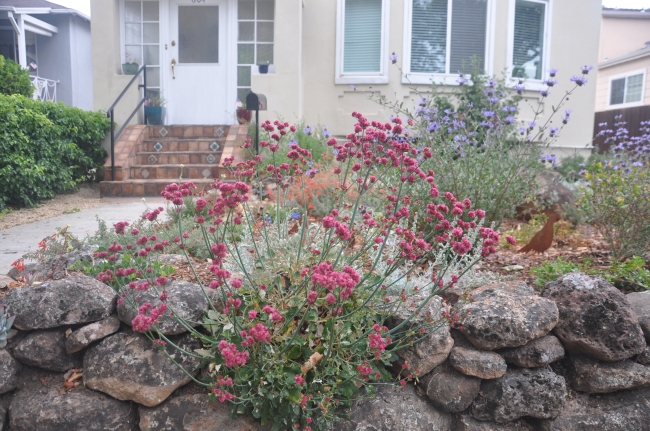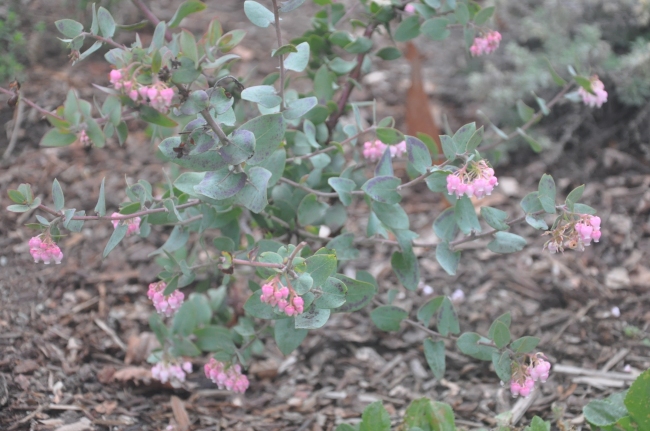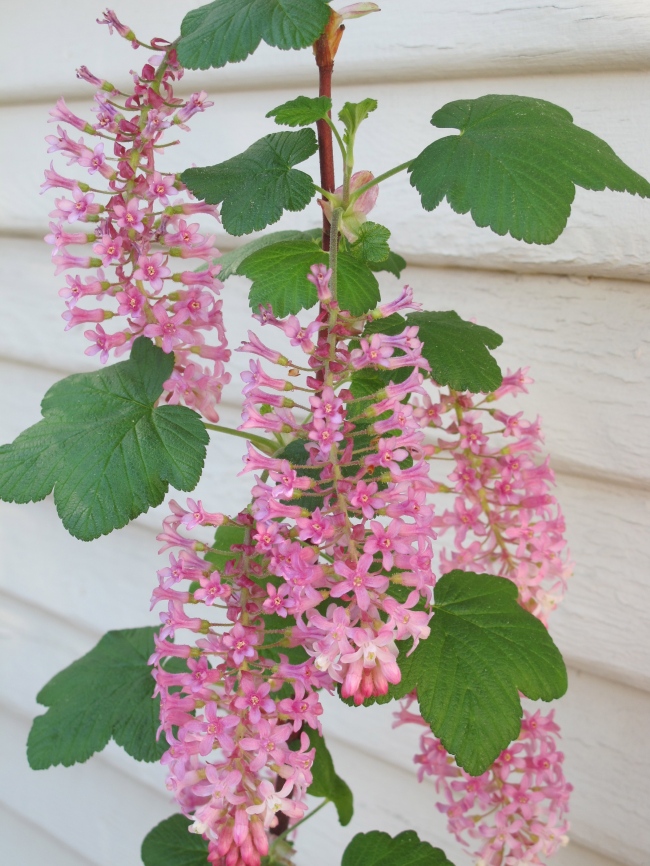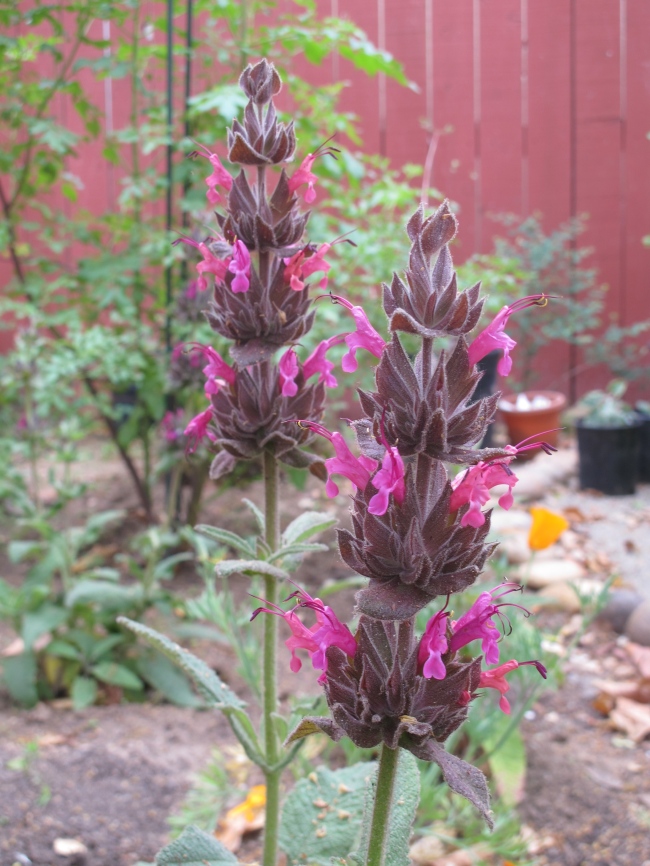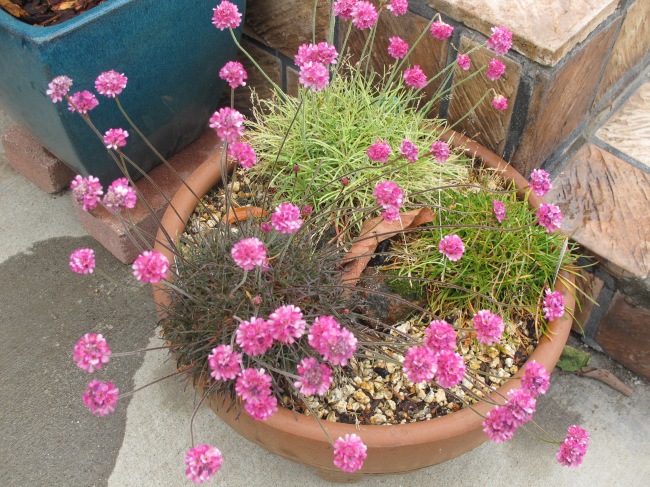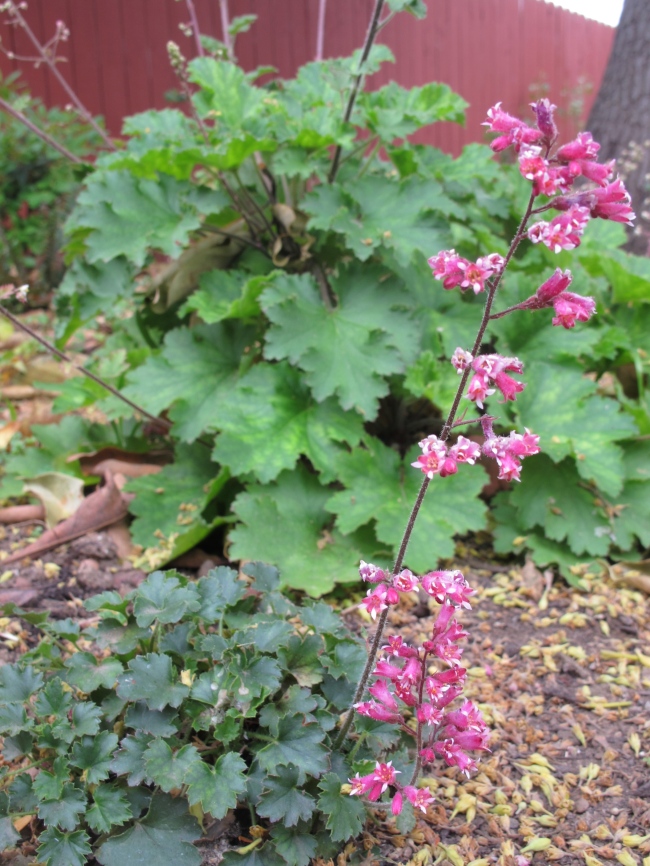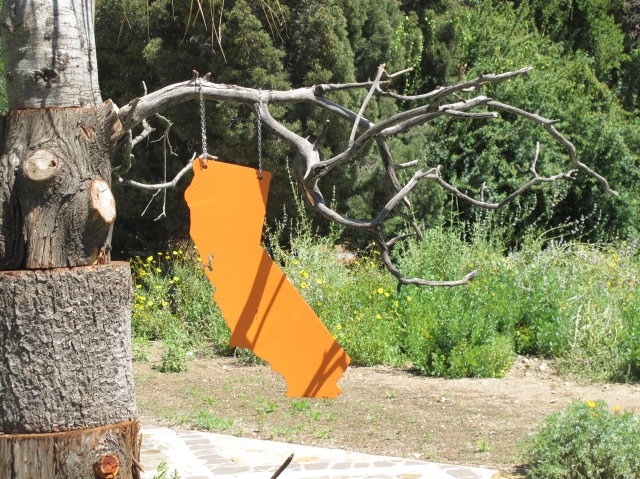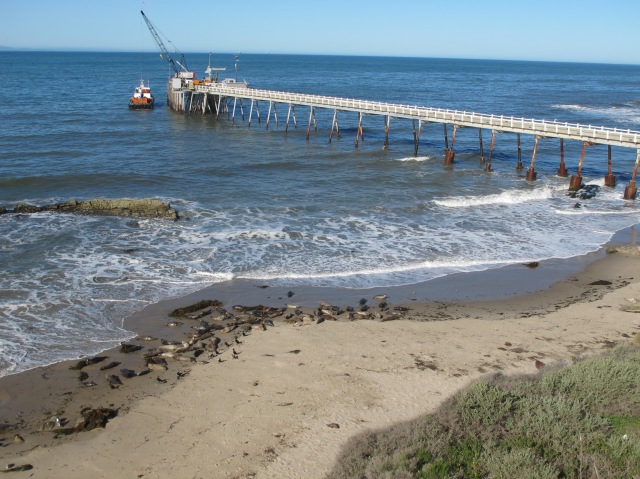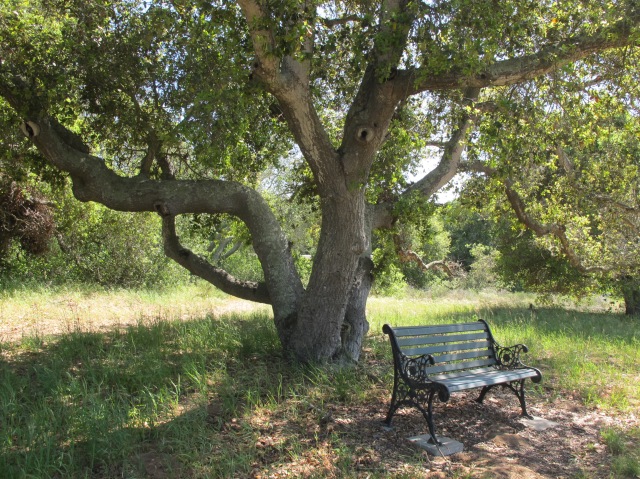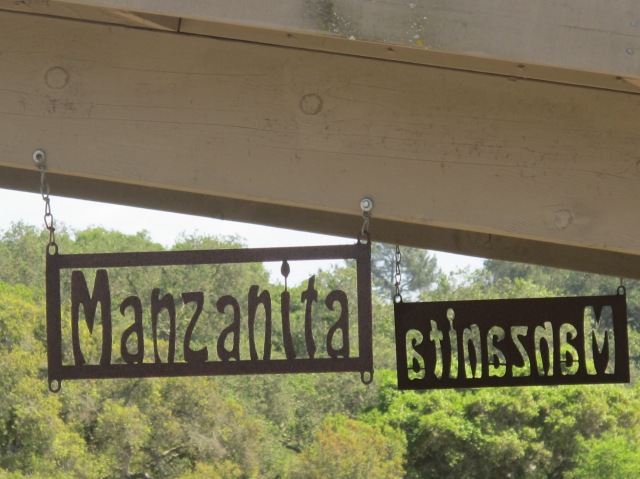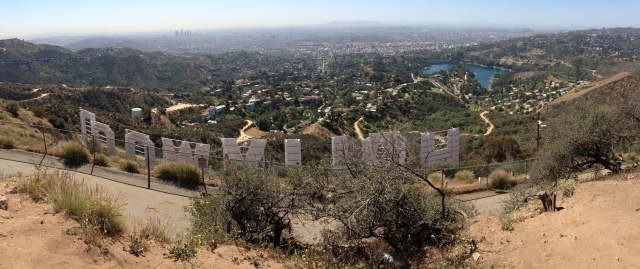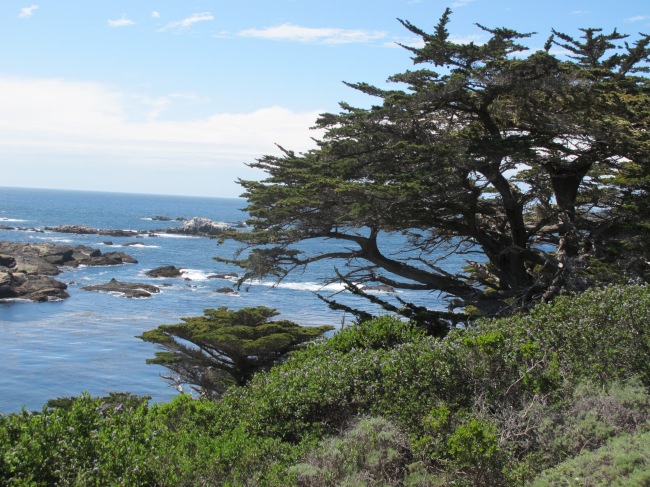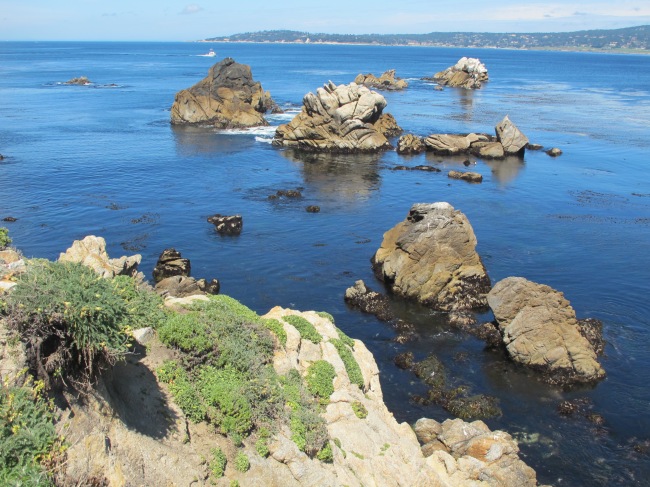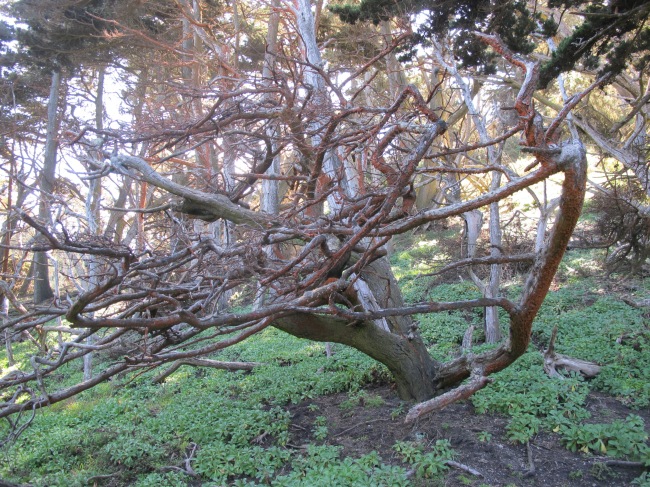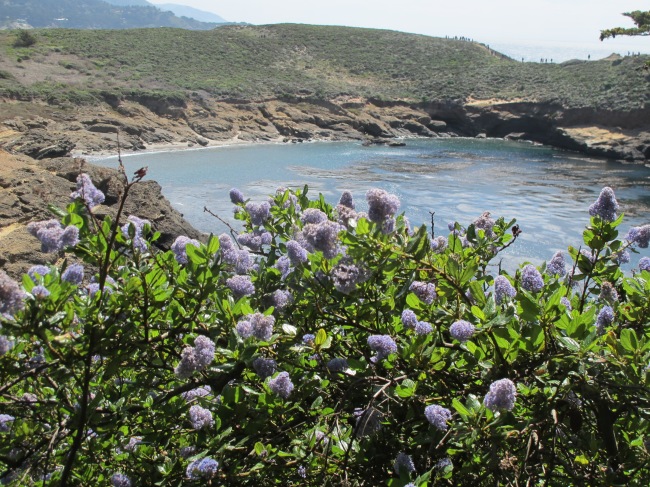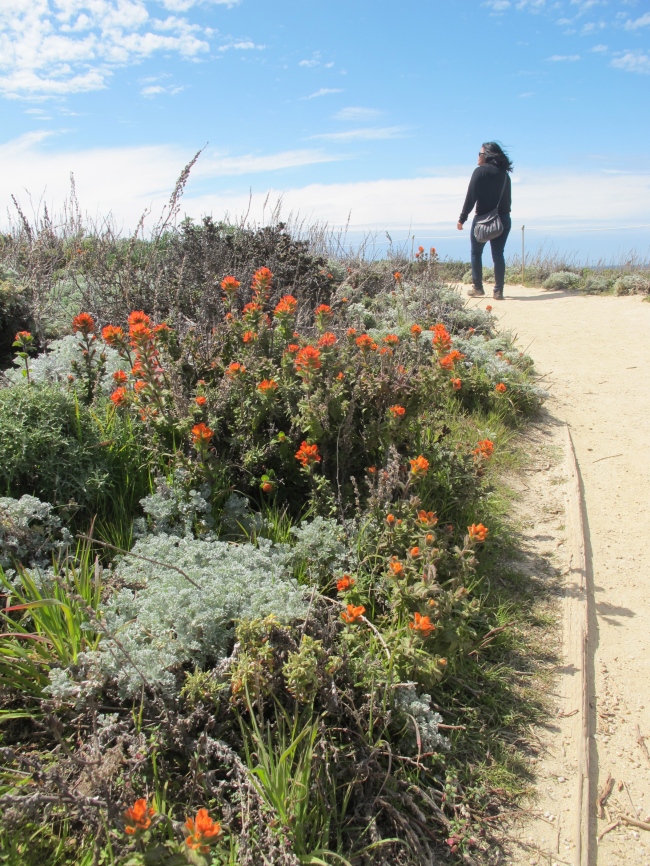 |
| Beach entrance to the Asilomar grounds |
This past weekend we took a trip down to the Monterey peninsula and stayed at the historic Asilomar Conference Grounds in Pacific Grove, CA. This sprawling complex, now in its 100th year of existence, is probably most famous for its ties to famed Hearst Castle architect Julia Morgan. Over the course of fifteen years, she designed sixteen Arts & Crafts style buildings on the Asilomar grounds, including Merrill Hall, pictured below.
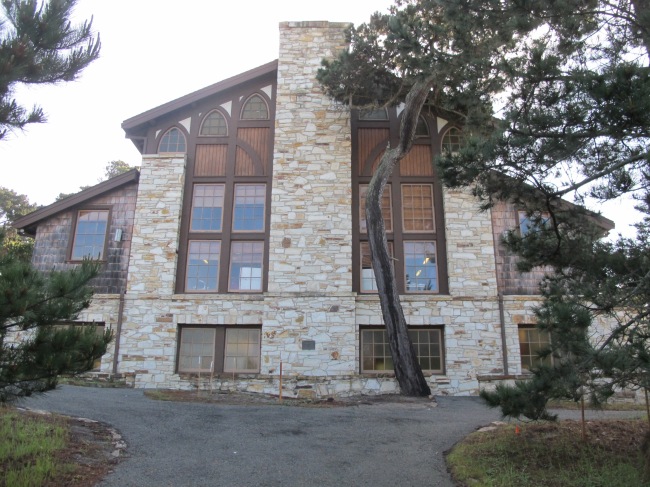 |
| Merrill Hall, one of Morgan's creations, home to a women's quilting convention this particular weekend |
I didn't really know what to expect from Asilomar. Reviews were lukewarm and there was rain in the forecast for our one day excursion. Upon arrival, I was immediately impressed with the architecture and the native plantings scattered about the grounds. Outside our rustic lodge room were blooming Douglas Iris and a very mature and stately flowering currant. That night we were treated to the persistent patter of raindrops on the roof as we sat drinking beverages in front of a blazing fire. It was a truly memorable experience.
The next morning, the rain had subsided and we were able to explore the grounds. On our way down to the beach, we passed a native nursery fully stocked with plants in all stages of development.
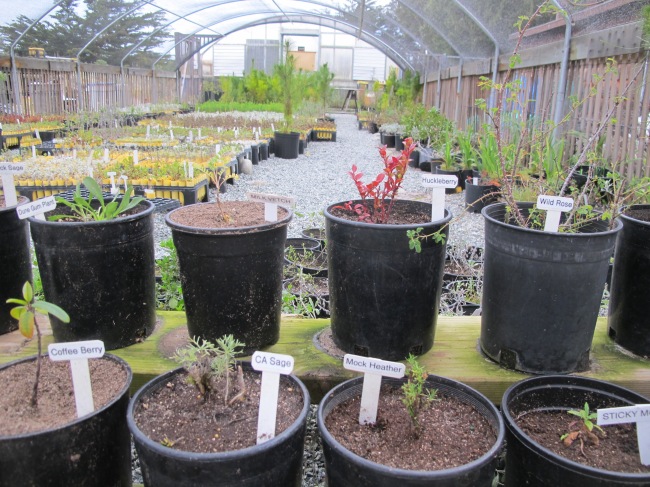 |
| Asilomar native nursery proudly displaying their arsenal of plants |
Information signs near the nursery detailed the massive effort underway to restore the dunes to "pre-European influence." For years, the dune ecosystem had been devastated by sand mining, logging, grazing, resort development, and human traffic. In 1984, the California State Park service began rehabilitating the dunes by first collecting native seeds, and then establishing a nursery to propagate plants for revegetation purposes. Over the past few decades, invasive plants (e.g. ice plant) have been removed, sand has been shifted and shaped into more natural contours, and an extensive boardwalk has been constructed to give the viewing public a close up look at the revitalized dunes.
 |
| Asilomar's winding boardwalk |
Beach sagewort, coyote brush and lupines are certainly well represented on the dunes, as are verbenas, sea thrift and poppies. Here are a few photos from the trail:
 |
| Beautiful morning on the coast |
 |
| Beach sagewort, coyote brush and lupine entwined on the dunes |
 |
| Looking south toward Pebble Beach |
 |
| Sea Thrift (Armeria maritima) thriving on the coast |
